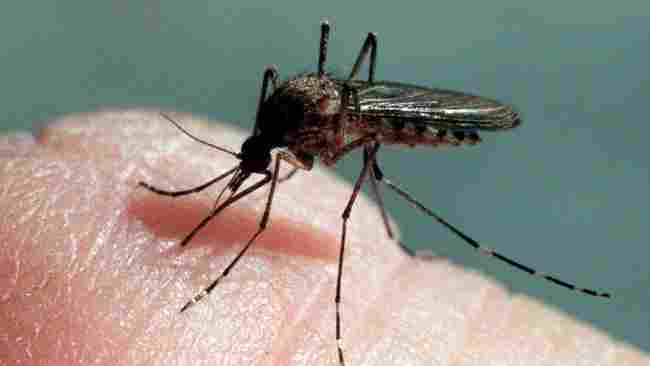“Like one with quartan fever’s chill so near.” Dante Alighieri wrote this about a malaria patient’s trepidation before the paroxysmal fevers. He himself died in the Roman marshlands, unaware of being undone by the mosquitoes there; perhaps he was not in the habit of using bed nets. Bed nets still form the backbone of malaria prevention, just as face masks do for Covid-19 even after the discovery of vaccines. This provokes a query: how much has humankind progressed, technologically and socially, vis-à-vis the prevention of the next pandemic? Wise men may pen ‘how to prevent’ tomes diligently. But the truth is that factors beyond human control or vision cause epidemics more often than not. More so now than ever before, with ‘faster’, ‘farther’, and ‘greater’ impacts, as WHO puts it.
That the potency of these words — faster, farther, greater — is increasing with the progress of civilization is aptly illustrated by both ancient and resurgent disease — malaria and coronavirus being two examples. Human infections caused by Plasmodium knowlesi, a simian malaria parasite, would have remained as an isolated affliction in the jungles of Malaysia but for a globalized world that transformed it into a malaria-causing species in Southeast Asia and can yet, aided by climate change and global warming, do within decades what Plasmodium falciparum did over millennia. That species enfeebled the mighty Romans, among others, who sought respite by ‘draining the swamps’ periodically being ignorant about germ theory or malaria’s connection with mosquitoes that would await discovery till the end of the 19th century. Bengal’s malaria history best illustrates the limitations of even contemporary vision. From around 1850, epidemics of malarial fever, then known as ‘new fever’ or ‘Burdwan fever’, ravaged this part of Bengal after ill-planned embankments built for laying roads and railway lines destroyed the natural drainage system and turned a vast tract of salubrious land into mosquito-breeding swamps.
There are other aspects of this tale. An estimated 2.8 million people died from malaria, tuberculosis and AIDS in 2020. None of these has an effective vaccine and there is concern that each is developing drug-resistant versions threatening renewed spread. The reasons are biological, political and commercial. These diseases allegedly do not receive enough funding for research and treatment because they mainly affect poor countries. Covid -19 marched in with heralds and drum beats; yet, much of it remains beyond the realm of human control. The world must come up with a concerted — unified — response to ‘pathogen X’. In October 2019, in an exercise named Event 201 to signify that 200 epidemics occur annually, experts simulated a viral pandemic originating in bats in Brazil and presupposed – eerily — exactly the way the actual pandemic unfolded two months later. They envisaged all possibilities but overlooked what the historian, Yuval Noah Harari, calls the ‘power of human stupidity’ — public disregard for health advisories. Wars particularly favour germs, the invisible third army which replicate, mutate, and spread quickly to kill more men than bullets. Some speculate that the gas-filled trenches of the First World War had made the Spanish Flu viruses deadlier. With millions of people displaced by conflict and crowded in temporary shelters, the current pandemic can become another example of human short-sightedness.










